
Minister of Science and Technology Nguyen Manh Hung presented a summary report on the draft Law on Digital Transformation, Law on High Technology (amended) and Law on amending and supplementing a number of articles of the Law on Technology Transfer.
On the morning of October 31, at the 10th Session of the 15th National Assembly, authorized by the Prime Minister, Minister of Science and Technology Nguyen Manh Hung presented a summary report on the draft Law on Digital Transformation, Law on High Technology (amended) and Law on amending and supplementing a number of articles of the Law on Technology Transfer.
Law on Digital Transformation: Perfecting the law, towards a digital nation
According to Minister Nguyen Manh Hung, the purpose of promulgating the Law on Digital Transformation is to perfect the legal system to promote comprehensive digital transformation towards forming a digital nation; regulate the relationship between entities participating in activities in the digital environment; and strengthen international cooperation and integration.
The viewpoint of drafting the law is to institutionalize the Party and State's policy on digital transformation and digital nation; consistent with current laws, in accordance with international treaties; a framework law connecting specialized laws on digital transformation, while supplementing legal activities to form a synchronous legal corridor, not re-regulating existing content and not changing the state management responsibilities of ministries and branches.
In the Government's Submission No. 804, the draft consists of 8 chapters and 79 articles; after receiving comments from the National Assembly Standing Committee and the review agency, the draft was revised to 8 chapters and 51 articles, but still ensures full institutionalization of the Party's policies, especially Resolution No. 57 of the Politburo , and addresses practical issues of digital transformation.
The draft law focuses on addressing the following key issues:
Institutionalize resources, finance and human resources to ensure sustainable digital transformation, especially financial solutions for digital transformation.
Clarifying and creating a legal corridor for digital transformation activities of agencies in the political system and socio-political organizations.
Promote infrastructure development for digital transformation, digital economy and digital society in the direction of the State playing a creative role, public investment combined with socialization and application of incentive mechanisms.
Manage and promote the development of digital society, digital citizenship, regulate human rights and civil rights in the digital environment, popularize basic digital services, implement priority policies for children, people with disabilities, ethnic minorities and vulnerable groups. Incorporate digital competencies into compulsory education and vocational training programs, build and spread a culture of civilized and humane behavior in the digital environment.
Manage, promote and develop the digital economy, including promoting digital transformation of businesses.
Stipulate conditions to ensure effective and sustainable national digital transformation, such as human resources, state budget expenditure ratio for digital transformation, standards and regulations for digital transformation, technology for digital transformation, data for digital transformation and safety in the digital environment, measurement, statistics, monitoring and evaluation of the effectiveness of digital transformation.

View of the meeting
High Technology Law: Creating momentum for strategic technology development
According to Minister Nguyen Manh Hung, the purpose of promulgating the Law on High Technology is to create a favorable legal corridor for the development of high technology, especially strategic technology; perfect the policy of considering high technology as a strategic breakthrough for socio-economic development and technological autonomy; perfect preferential policies and support mechanisms associated with efficiency for new generation high-tech zones.
The viewpoint of law-making is to concretize the Party's guidelines, making high technology a driving force for national development; closely following technological trends and Vietnamese practices; learning from international experience; retaining effective provisions of current laws and only adding new points to ensure the stability of the legal system.
The draft law consists of 06 chapters and 27 articles, 8 articles less than the current law.
The contents and amendments of the Law on High Technology focus on 06 policy groups:
Perfecting the concept and criteria of high technology; clarifying the concepts of high technology and strategic technology; prescribing specific criteria for product technology, detailing development activities, and supplementing the mechanism for reviewing, evaluating, and periodically updating the list of high technology and strategic technology.
Design policy systems and beneficiaries of preferential policies and investment support. Identify high technology and strategic technology as priorities for policy development, diversify incentives at different levels for businesses investing in research and development.
Encourage the development of high-tech ecosystems. High-tech ecosystems are new pillars that create a favorable environment for innovation, promote value chain linkages between enterprises - institutes - schools - investment funds with high-tech zones.
Supplementing regulations on high-tech urban models.
Supplement and improve state management regulations on high technology, management, monitoring and evaluation mechanisms, clear decentralization and delegation of responsibilities between the Government, ministries, branches and localities. Combine objective monitoring and evaluation mechanisms based on data.
Supplement regulations on requirements for comprehensive digital transformation of high-tech activities, data digitization, and encourage investment in digital infrastructure and integration platforms so that all high-tech activities are managed on a smart management system.
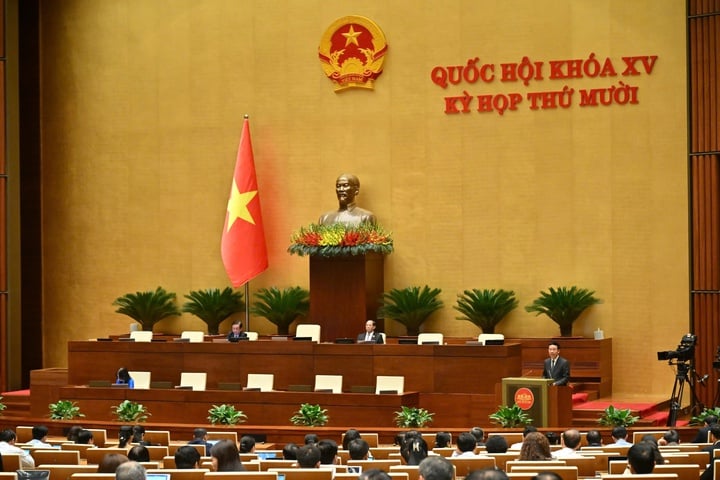
Law amending and supplementing the Law on Technology Transfer: Unblocking the flow of technology
Minister Nguyen Manh Hung emphasized that the purpose of amending the Law on Technology Transfer is to continue perfecting the legal framework to promote effective and synchronous technology transfer activities, in line with practical requirements and world trends; promote innovation and endogenous technology transfer; and develop a transparent and professional science and technology market.
The viewpoint of law-making is to institutionalize the Party's innovation viewpoint; inherit progressive provisions of the 2017 Law; remove practical obstacles; innovate management thinking, reduce administrative procedures and implement decentralization.
Regarding the main content of the draft Law, Minister Nguyen Manh Hung said that the contents of the amendments and supplements to the Law on Technology Transfer focus on 6 policy groups:
Supplement the scope of high technology according to world trends and practical requirements; supplement strategic technology and priority technology transfer objects; regulate technology appraisal not only in investment projects but also at the request of organizations and individuals to suit practical requirements.
Support the promotion of endogenous technology transfer and commercialization of research results. Regulations on the form of expressing ownership and right to use technology, and capital contribution in the form of technology. The State automatically transfers the right to self-determination of technology ownership and self-negotiation of value to organizations that create technology using the State budget. The State purchases and disseminates technology for the purpose of applied research to serve the public interest. Regulations on cases of compulsory technology transfer in accordance with the law and international requirements.
Developing the science and technology market, amending and supplementing regulations on the state budget allocation to develop a network of science and technology market intermediary organizations to support technology transfer activities, and strengthening public-private cooperation to attract social resources to develop intermediary organizations.
The law also creates financial, institutional, and legal incentives for technology transfer activities. Allows technology transfer expenses to be counted as deductible expenses when determining taxable income of enterprises. Prioritizes promoting technology transfer for high technology, strategic technology, and popularizing technology to small and medium-sized enterprises, cooperatives, business households, and individual businesses.
Strengthen control of cross-border technology transfer. Clarify regulations on technology transfer for the transferor, transferee, transferor, and intermediary organization. Technology transfer from abroad to Vietnam, technology transfer from Vietnam to abroad, and domestic transfer.
Strengthen state management capacity, monitor, compile statistics, and measure the effectiveness of technology transfer, supplement regulations to encourage registration, provide information on technology transfer, evaluate and measure the effectiveness and impact of technology transfer activities using the state budget, reduce administrative procedures, and implement decentralization and delegation of power.
Source: https://mst.gov.vn/trinh-quoc-hoi-ba-du-an-luat-ve-chuyen-doi-so-cong-nghe-cao-va-chuyen-giao-cong-nghe-197251031135537829.htm





![[Photo] Lam Dong: Close-up of illegal lake with broken wall](https://vphoto.vietnam.vn/thumb/1200x675/vietnam/resource/IMAGE/2025/11/03/1762166057849_a5018a8dcbd5478b1ec4-jpg.webp)






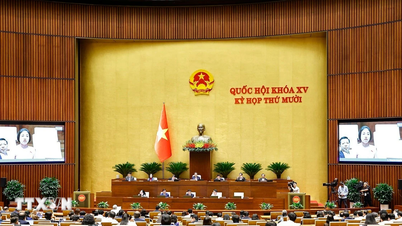



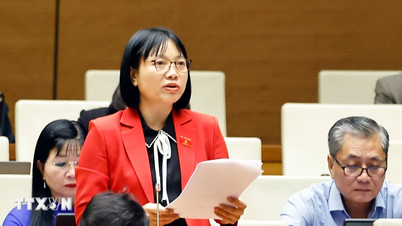













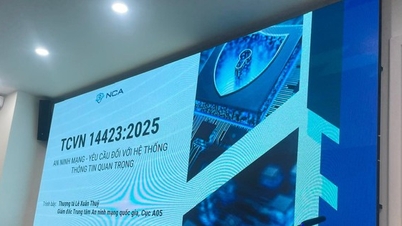



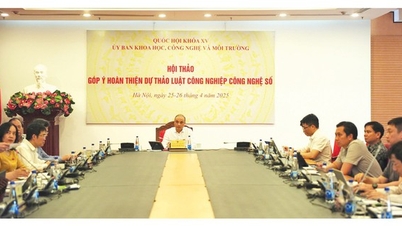


























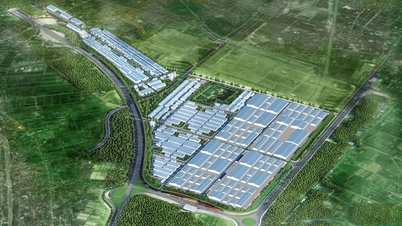
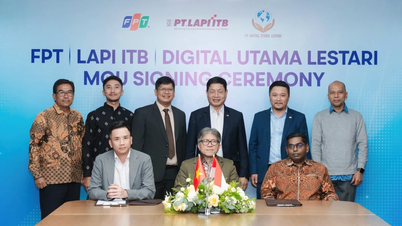












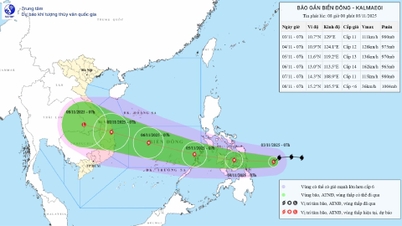

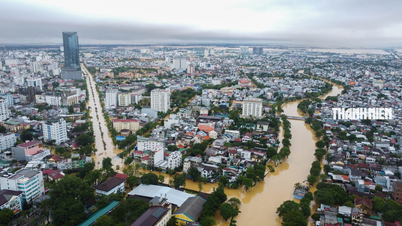







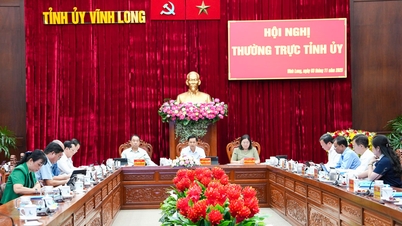





















Comment (0)